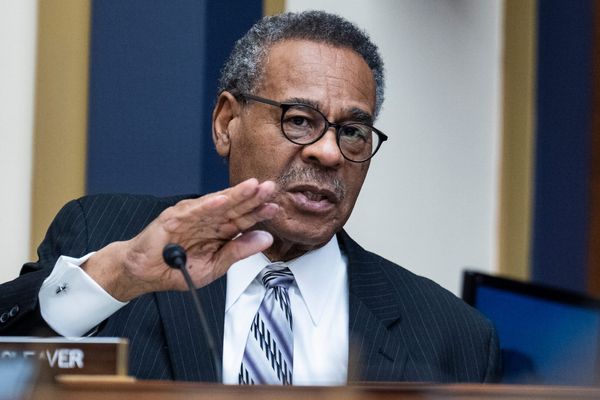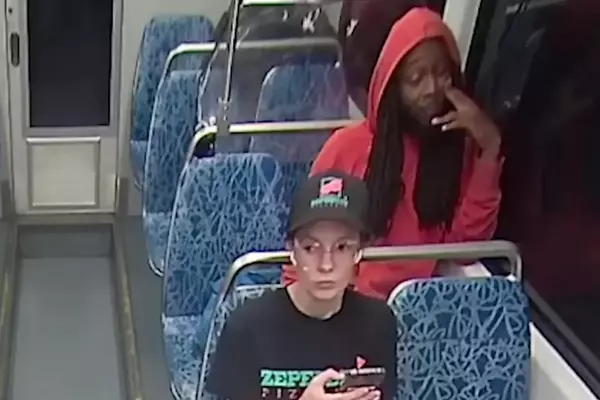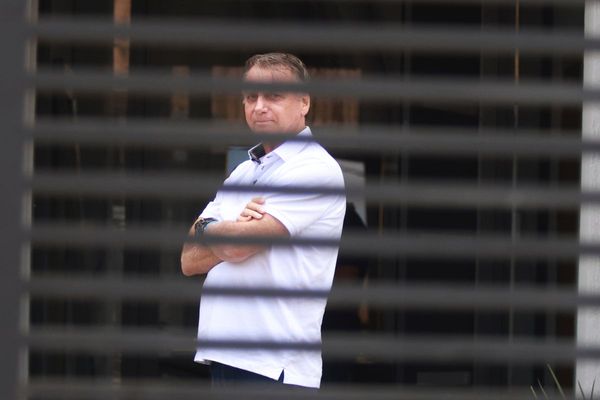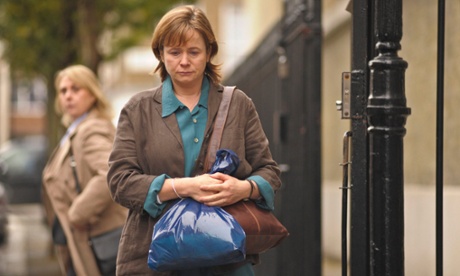
One of the extraordinary things to happen after the recent mass shooting in a church in Charleston, South Carolina, was the forgiveness for the murderer expressed by the families of some of the victims. Was it a Christian thing, or something cultural – were they expected to forgive Dylann Roof? To me, non-Christian, non-American but a parent, it didn’t make any sense. If someone had killed my child in a random act of hatred, I would find it impossible to forgive, certainly not immediately, probably ever.
A Song For Jenny (BBC1) – adapted by Frank McGuinness from the book by Julie Nicholson that delves deep into her response to the death of her daughter, Jenny, at Edgware Road tube station in the 7/7 London bombings – makes more sense, though it’s not a comfortable watch. It starts with Jenny leaving for London, then the TV news, the unanswered mobile, the increasing panic and desperate search for alternative explanations, special numbers to call and family liaison officers, and the slow dawn of a terrible, inevitable truth.
Jenny’s death is confirmed irrefutably – dental records, DNA – half way through the film, but Julie already knew – as did the viewer, of course. It’s not really about that moment, or what happened in that Circle line carriage, or about the man who did it, and why. He – Mohammad Sidique Khan – appears only briefly, from the neck down, sitting with nervous hands, pack on his lap, just a few feet from Jenny, and then on the television news. No blast is shown, except when a young nephew – Jenny’s cousin – reenacts it. There’s nothing macabre or sinister about this, the boy just wants to know and understand what happened.
As does Julie; she wants to know, and see, everything. It’s about the aftershocks of the blast – the tearing apart of the bond between a mother and daughter criminally prematurely, as well as of an underground carriage. And the end of the family that Jenny hasn’t yet had of her own. It’s about the damage it does to other relationships, Julie’s with her husband, Julie’s with God. She too is not just a Christian, she’s a priest. But there is no forgiveness, there’s anger. Plus a desperate bleak emptiness that no faith, or family or friends can fill. And, though she never actually uses the word, it’s about hatred.
That’s what it looks like, anyway, when she throws a bottle towards the television when the face of the bomber appears on it. It’s one of the stand-out moments in the film, along with another time she loses her rag, when people are asking if she’s OK. No, of course she’s not OK, her daughter isn’t coming home because she’s been murdered.
It’s an extraordinary performance by Emily Watson, portraying not only Julie Nicholson but also grief itself. Which is what the film is, too, a song for Jenny and a picture of grief. Totally honest, utterly believable and – of course – desperately, desperately sad.
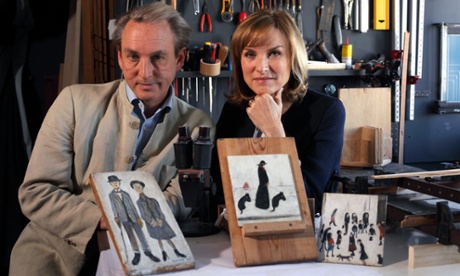
On a cheerier note, Fake or Fortune? (BBC1) returns. A Cheshire property developer believes he has not one but three pictures by LS Lowry. What he doesn’t have is any documentation or records – provenance they call it. And Lowry is the most faked artist of all, it’s not looking good for Mr Cheshire Property.
I find the art forger just about the hardest criminal to disapprove of, but I can’t summon up a lot of respect for a Lowry faker, basically because it’s so damn easy. I could do it: you just paint matchstalk men and matchstalk cats and dogs, and kids on the corner of the street with the sparking clogs, right? Once you’ve figured out what the hell a matchstalk is, and how it differs from a matchstick.
So Fiona Bruce and her experts – in art, in pigment, in forgery – get to work, scratching (literally) and sniffing. As usual, it’s a fascinating detective story, although it’s looking less likely to have a happy ending when they find out one picture contains a pigment – zinc white – that isn’t one of the mere five colours Lowry used. He was a simple man.
But then they unearth an old photo, of Lowry at work with what is clearly a tube of zinc white! Maybe he wasn’t so simple after all. Then the picture itself turns up in an old documentary, everything else comes together for all three pictures, enough for the four Lowry experts, actual matchstalk men, to stick their matchstalk thumbs up. They are the real deal. Yay! Kerching!
